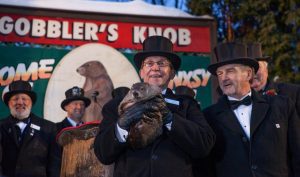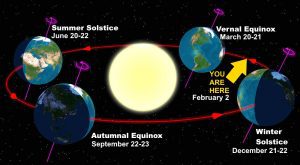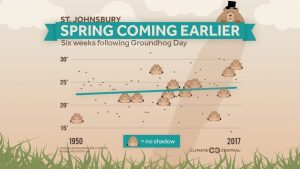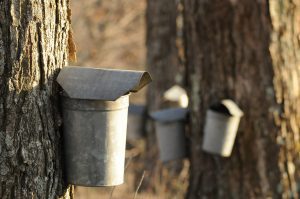Atmospheric Sciences Seminar Series
Thursday, February 22, 2018
12:30 PM, ASAC 319
Ever since Lord Chesterfield developed the first modern couch during The Restoration, generations of comfort seeking global citizens have taken advantage of its soothing support, interrupted only for work or the occasional trip to the loo. Now, as society accelerates into the Information Age, a new activity for exercise-challenged individuals presents a rare opportunity to advance science while indulging in spirits and burning less than 1 calorie per hour.
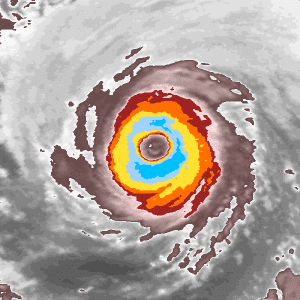
Inspired by the legions of couch potatoes who have explored the mysteries of the galaxies through the crowdsourcing website Galaxy Zoo, Cyclone Center was introduced to the world in September of 2012. Harnessing the pent-up energy of Netflix binge-watchers everywhere, Cyclone Center uses crowdsourcing to generate unique data used to determine the intensity of any tropical cyclone. Cyclone Center output brings order to the chaotic scene of global tropical cyclone intensity records, where individual forecast agencies desperately grope around in the darkness for ground truth data that do not exist.
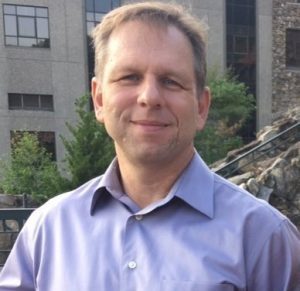 Dr. Christopher C. Hennon
Dr. Christopher C. Hennon
Dr. Chris Hennon is a Professor and Chair of the Department of Atmospheric Sciences at the University of North Carolina at Asheville. Before beginning his position there in 2005, he was a Post-Doctoral Fellow and Visiting Scientist at the National Hurricane Center in Miami, FL where he conducted research on evaluating the impact of scatterometer winds on marine and tropical cyclone forecast skill. Dr. Hennon earned his B.S. in Aeronautics/Mathematics from Miami University (OH) in 1994, his M.S. in Atmospheric Science from Purdue University (1996), and his Ph.D. from The Ohio State University (2003). He was born and raised near Cleveland, OH and maintains his allegiance to the Cleveland Browns to this day. Dr. Hennon is married to another meteorologist but their 15-year old daughter has no interest in weather and just uses her phone all day.

